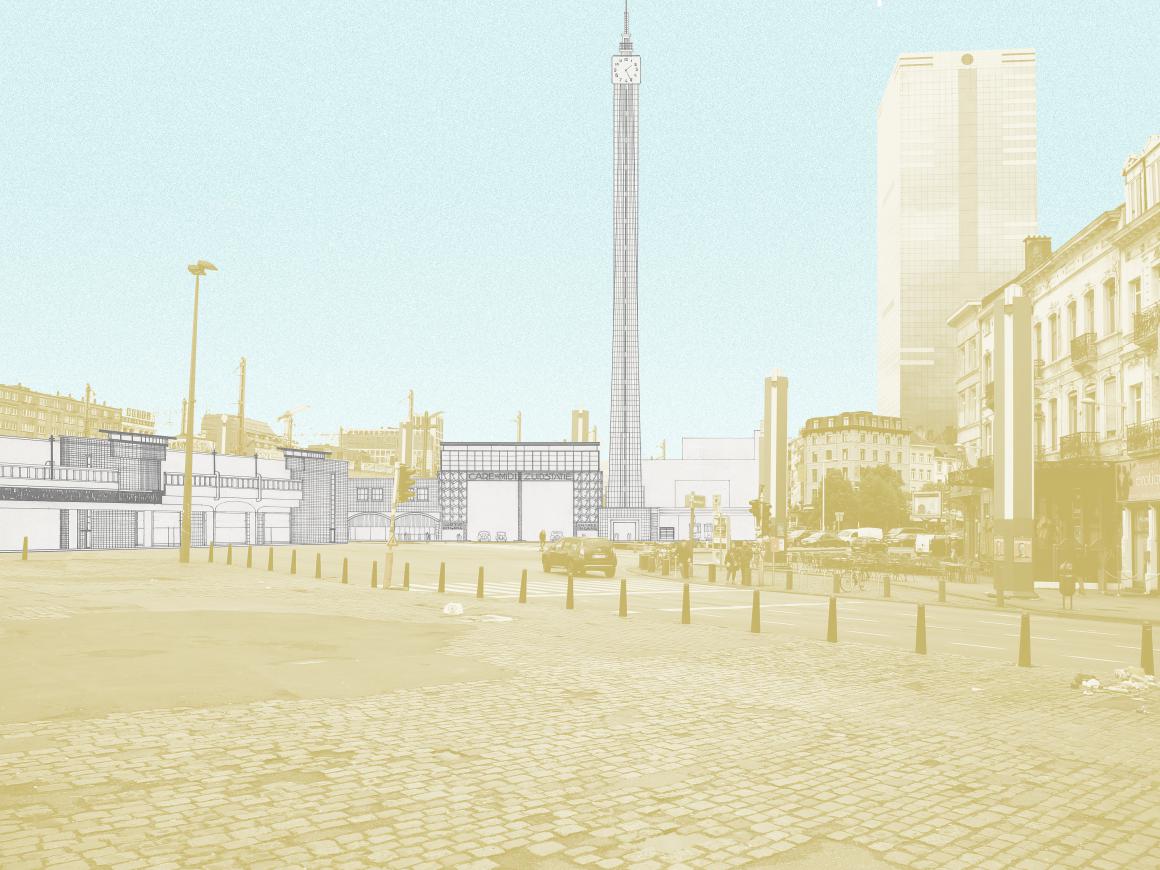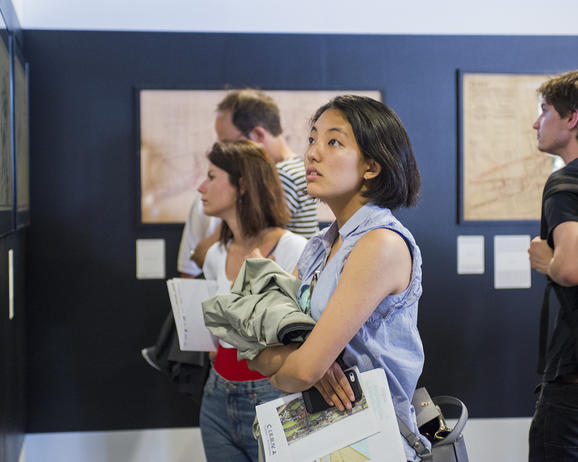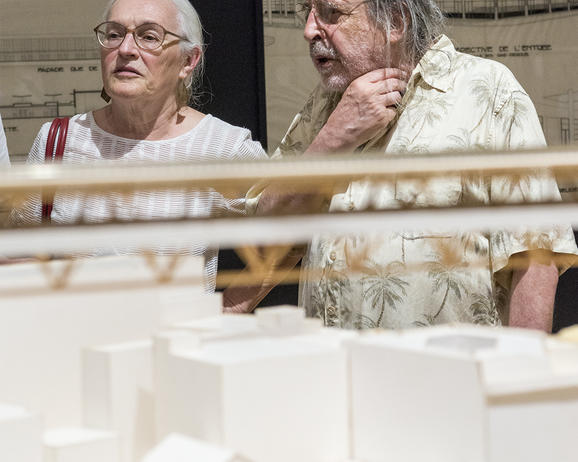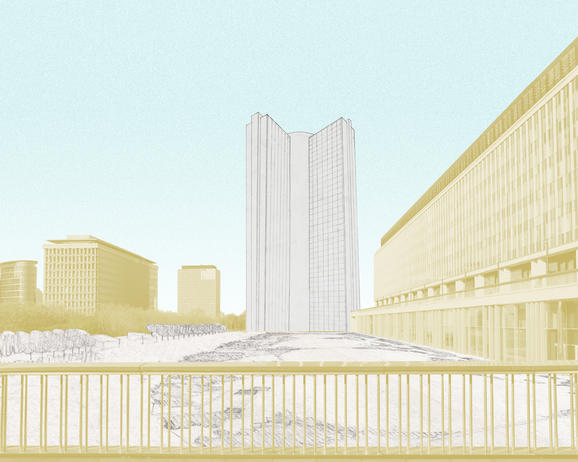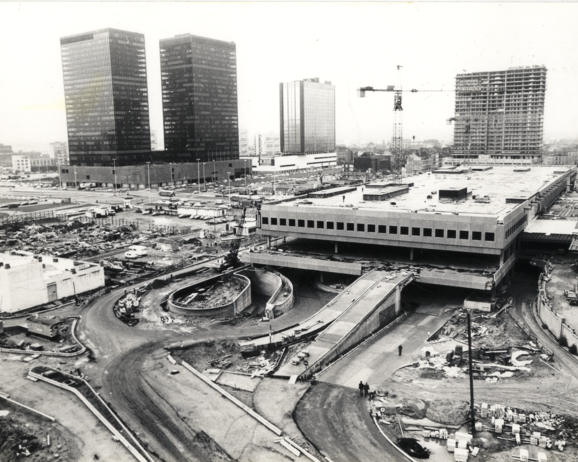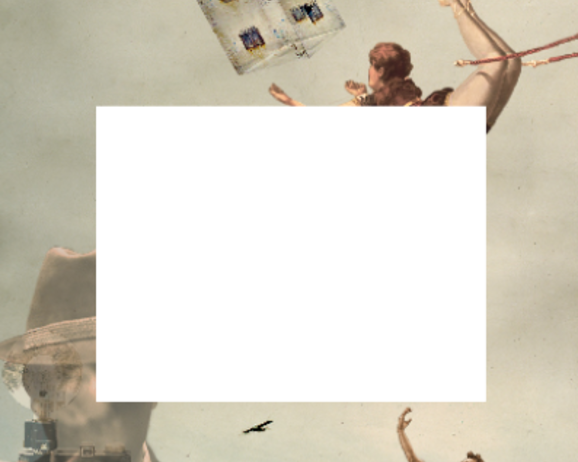The North-South Connection is generally seen as a trauma in the imagination of Brussels denizens, a major error and the result of a lack of a strong-willed and coherent urban policy. (re)compose the city considers the period of reflection on the North-South Connection, from 1836 to 1952, as a town planning laboratory to turn Brussels into the capital of Belgium. The exhibition is based on several unbuilt projects that highlight this period, selected from entries of competitions, research works and other controversial approaches, preserved in the CIVA archives.
Every Thursday in June CIVA is open till 9pm. Guided tours in French and Dutch are planned at 7pm. Buy a ticket to the exhibition and get a guided tour for FREE !
Adults : 10€ / groups : 8€ / students & seniors : € 5 / -18 : free
The reflection on this rail layout linking the city’s North and South stations actually led to a broader town planning approach on the scale of Brussels – from the outset, in fact, in 1836, because this layout is closely linked to the creation of a station in the heart of the city. This aim persisted when construction work on the tunnel resumed in 1935, because the choice of an open trench required recomposing the urban structure over more than two kilometers in length. The Connection concurrently offered an opportunity for the City and the State to give shape to their respective plans for Brussels: the City by launching a clearance and modernization policy, and the State by erecting national facilities such as Albert I Library and its Administrative District.
Whereas the Connection is generally considered as devoid of any overall vision, the layout plans for the Connection, the town planning proposals for Brussels, the projects for the three main train stations, the competition for the Albert I Library and the projects of an Administrative District, presented at the exhibition, all challenge the city through architectural design and broader composition pieces which incarnate the political, architectural and land improvement intentions.
(re)compose the city shows possibilities which do not compose the contemporary city, but have a capacity to fuel the discussions that are agitating the current urbanization of Brussels.
